Koyaanisqatsi
1982
Director: Godfrey Reggio
Starring: the planet Earth, modern American
civilization, Philip Glass’ arpeggios
Koyaanisqatsi is such a difficult film to
explain to those who haven’t seen. Full
of a hypnotic, unsettling beauty, it is full blown experimental and avant garde
filmmaking at some of its finest.
There’s no plot, but there’s a great deal of introspective
messages. Honestly, if I were to
recommend an experimental film for someone who hadn’t seen one before, Koyaanisqatsi
wouldn’t be a bad place to start.
As
I said before, while there is no plot, I shall attempt to describe what Koyaanisqatsi
IS. Requiring nearly six years to shoot,
director Reggio captured images of so many different aspects of life on planet
Earth and then compiled them into this film.
We open with slow motion shots of nature, sweeping vistas of Monument
Valley, mountaintops, riverbeds, etc. We
then start to get an eco-message, as the images begin to move into those of
destruction and violence. We see a shot
of an atomic bomb, of test explosions in the middle of the desert, of farming
equipment destroying fields. We then
move into an exploration of modern (well, late seventies/early eighties)
American culture, seeing sped-up shots of Grand Central Station, a Twinkies
factory, video game arcades, cars driving.
Later, Reggio intercuts between aerial views of cities showing the grid
arrangements of the streets, and close up views of computer chips. This gigantic collage of images plays along
to Philip Glass’ incessant but brilliant score.
For
me, this movie just wouldn’t work without Philip Glass’ score. The main theme is recognizable – the low
voices chanting “Koyaanisqatsi” – and while you may not have heard of this
film, you’ve probably heard that bit of rather creepy sounding music. While I like to make fun of Glass a bit (because
good LORD that man loves arpeggios, the entire dang SCORE is pretty much repeated
arpeggios, as is pretty much every other film score he’s ever done), I also
believe it’s an exciting and dynamic score.
This was the first feature length score Glass did and he needed some
convincing. Reggio desperately wanted
him to do it, but Glass had no interest in moving into film scoring; it wasn’t
until after Reggio showed Glass a mockup of the film with previously written
pieces by Glass accompanying it that Glass agreed. Interestingly, Glass originally scored the
film as six discreet segments to go along with the mostly finished film – and
watching the movie, it’s easy to see different “chapters” – but Reggio then
recut the entire movie once he had Glass’ score. Anytime film is recut to match music
intrigues me, and I can see how the images follow the sound in Koyaanisqatsi.
There
are three paces in this movie: slow, medium, and fast, and they all work. The film opens slowly, with slow, lingering
shots of nature, then of explosions and destruction. These sequences are the most meditative, and
it’s easy to see the message of eco-preservation after you’ve seen lush fields
being ripped up and plowed over in what can only be described as graceful slow
motion. The fast sequences are frenetic,
to say the least. Heady is perhaps the
best word for it, as people, cars, machines all buzz in and out and around, not
stopping, not breathing, never letting up.
The pace quickens and builds, getting seemingly faster and faster and
faster until you can’t possibly take it anymore – and then, only then, do we
stop. The slow motion is gorgeous and
sad, the fast sequences are giddy, but it is actually when the film is shot at
regular speed does it seem to have the greatest impact. It’s as if the film jolts you out of its
world for a split second to show you a person’s face just staring blankly at
the camera. These moments of normalcy,
for lack of a better word, are some of the most powerful sequences to me. The people stare so simply, so openly into
the camera, into my eyes, and it’s unexpected and unnerving, but in a good way.
The
word “Koyaanisqatsi” is translated at the end of the film, and is a Hopi word
meaning “Life out of balance.” This is
the only direct clue Reggio gives us about any sort of meaning in the
film. I like that Reggio is mostly mute
about an intended message, but at the same time, the message is quite clear to
me. When you have an interminably long
shot that follows the mid-air explosion of a rocket launch, and watch it fall
and fall and fall, I cannot help but feel that Reggio is saying something is
wrong. The Green Movement seems to be
finally gaining a bit of traction, but such arguments that we are now used to
hearing about “balance in life” would have fallen on mostly deaf ears at the
time this film was shot and released. That’s
the message I take away: an insistence to preserve and appreciate the natural
beauty that surrounds us, and to perhaps take time every now and then to break
free of the drone-like existence of modern culture.
Koyaanisqatsi
is hardly
a movie you’d throw on for a Friday night after a hard week at work. It’s experimental, to be sure, but in terms
of experimental films, this one feels a bit easier to digest. It’s brief (mostly over after 80 minutes),
and I don’t even think you need see the entire thing in one go to get the
message of the film. Hypnotic, frenetic,
graceful, dizzying, it’s a feast for the eyes and ears.
Arbitrary
Rating: 8/10. I originally thought lower
than this, but I found myself having difficulty tearing my eyes away as I wrote
this piece. That says something right
there.
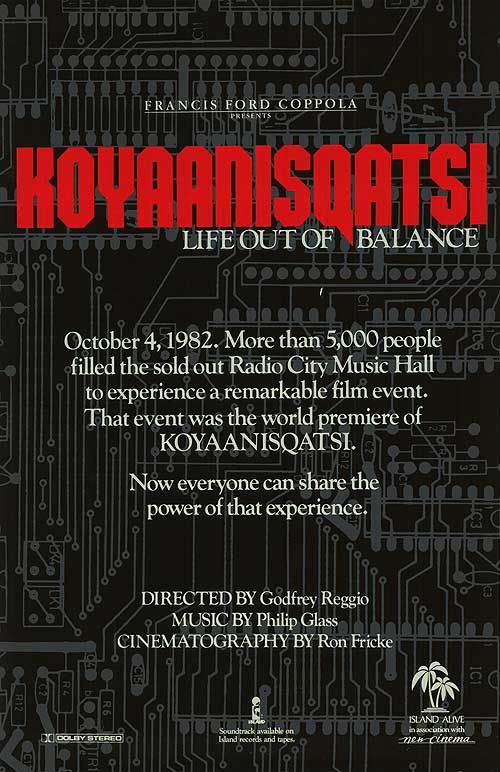
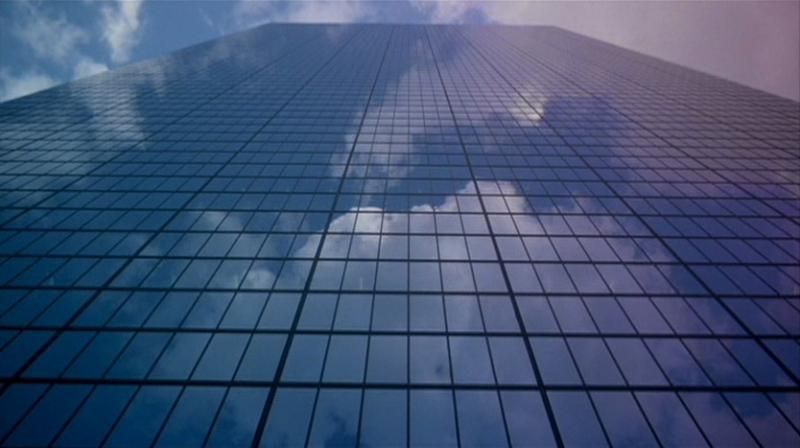
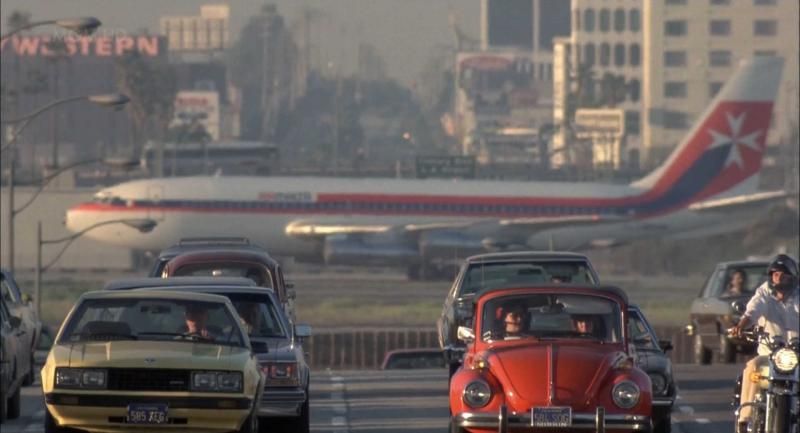
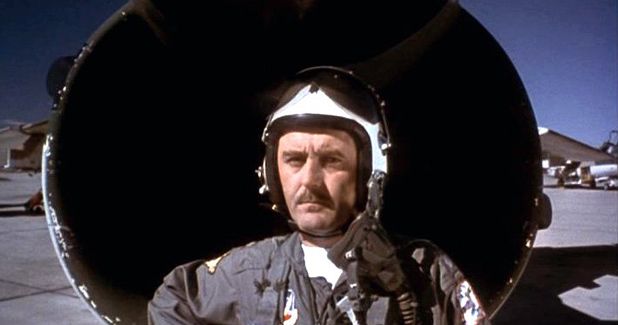
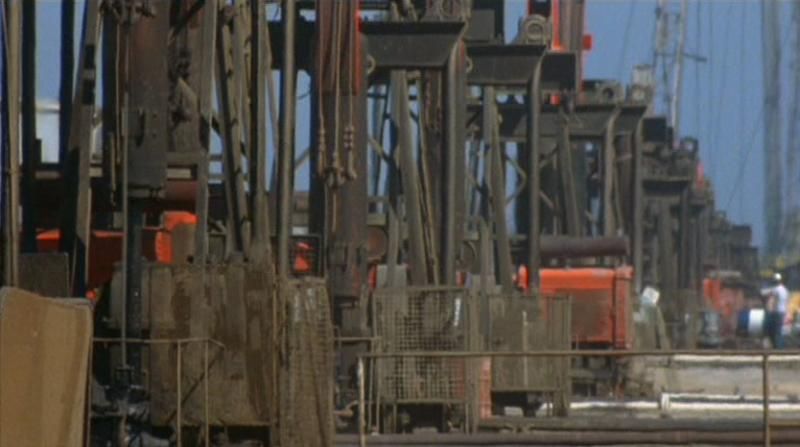
Agreed and agreed. This is not an easy film, but it is easy in terms of the ranks of experimental film. It's also incredibly hypnotic, something that demands watching, and it's an experimental work that doesn't at all obscure its meaning.
ReplyDeleteGlass's score is a necessary element, something that makes it more than the sum of its parts. The two mesh together perfectly. What I found most compelling about the music is our natural need for particular phrases to resolve themselves...and they don't for long periods. The music creates its own tension, compelling us to want that musical climax for a painfully long period, continually building that tension until it finally does resolve. There's real catharsis here, and that's impressive, and even more so in how it works with the "life out of balance" theme.
And yeah, he does love arpeggios. He loves arpeggios the way Tony Banks loves triplets or Warren Zevon loves E minor. I'm okay with that when the result is this good.
The tension is what is most surprising in this movie; for an experimental film with no plot, you don't expect any kind of tension, really, but this film has it, and I definitely agree that the music is a critical part of that. I'm amused by the score because it IS so repetitive, and it DOES sound almost identical to every other piece by Glass I've ever heard... and yet it works! I wouldn't have it any other way!
DeleteWell, I'm afraid I can't agree with you and Steve. Sorry. You mentioned the "incessant" score and how fitting it was. What I got from it was the fact that having the title of the movie chanted at me over and over and over gets really, REALLY old after a while. It got to the point where I was seriously considering just watching the film on mute, but I put up with it because I knew it was less than an hour and a half long.
ReplyDeleteAs for the message of the movie, I agree with your interpretation. In fact, I felt like I was being hit up side the head with it. Thirty minutes would have been more than sufficient to have gotten the message across to even the most thick-skulled viewer, and for people like me, the repetitive chanting wouldn't have been so bothersome. As it turns out, not only wasn't 30 minutes enough for him, this entire film wasn't enough because he did two more - the "Qatsi trilogy." And no, I'm not going to seek out the other two films. :-)
I think the fact that so much of the film was simply busy shots of cities helped me feel that the message was less obvious. Yes, when there are shots of trees being uprooted, etc, the ecological message got a bit heavy handed, but I found it less intrusive when we had people playing video games. If it had been 90 minutes of nothing but rain forest destruction, I would not have liked it as much as I did, definitely.
DeleteThe TV show 'Scrubs' has used the Koyaanisqatsi chanting theme a couple times, all very comedically. So I do tend to smile when I hear that theme.
I'm not planning on seeking out the other Qatsi films either. I liked this one, I found it hypnotically beautiful, but I feel no compunction to sit through two additional iterations either. So there's that too.
nxju5529kkfz
ReplyDeletesupreme outlet
golden goose outlet
golden goose outlet
golden goose outlet
golden goose outlet
golden goose outlet
golden goose outlet
golden goose outlet
golden goose outlet
golden goose outlet